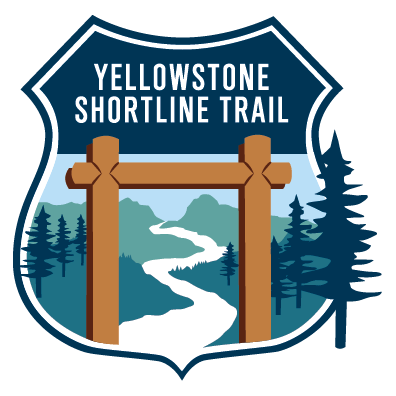Bozeman Daily Chronicle: Forest Service announces plans to repair roads and trails around southwest Montana
By Helena Dore Chronicle Staff Writer
Forest Service officials are planning to improve infrastructure and address deferred maintenance at several sites in the region using money from the Great American Outdoors Act.
The 11 projects outlined by Custer Gallatin National Forest officials on Wednesday are planned for the Bozeman, Hebgen Lake, Beartooth, Ashland, Yellowstone, Gardiner and Sioux ranger districts. The projects call for road work, additional campsites, trail construction and maintenance, cabin repairs and invasive weed treatments.
Marna Daley, a Custer Gallatin National Forest spokesperson, said officials don’t have a timeline for when the work will start, but they hope it will begin this year. They still need to refine projects and review contracting options.
Once work does start, temporary closures could occur.
“We’ll definitely be working with our communities and with recreationists to let folks know if and when those closures might be coming,” Daley said.
The money for the projects comes from a new National Parks and Public Land Legacy Restoration Fund, which was created to fund critical and deferred maintenance at sites in national parks and forests.
The fund was established through the passage of the Great American Outdoors Act last August. The bipartisan conservation bill permanently funded the Land and Water Conservation Fund at $900 million per year. It also permitted the allocation of $2 billion each year until 2025 to address a backlog of deferred maintenance projects.
“Forest Service economists estimate that projects funded with these dollars will support roughly 4,400 jobs and contribute $420 million to the gross domestic product,” officials wrote on Wednesday.
The Custer Gallatin National Forest plans to direct some of the new funding toward improving Jackson Creek F.S. Road No. 977 north of Bozeman and Madison Arm F.S. Road No. 291 north of West Yellowstone. Workers will add a gravel surface, install drainages and create pull outs on these roads, according to Daley.
Jackson Creek is a popular spot for multi-use recreation all year. The road allows visitors access to the Bangtail range east of the Bridger Mountains. The Madison Arm road winds south of Hebgen Lake and east of the South Fork of the Madison River, connecting Highways 191 and 20.
“(The work) will really help create a travel system that is much more user friendly,” Daley said.
The Forest Service also plans to use the extra GAOA money to pave 30 miles of roads and campgrounds between Bozeman and Big Sky. The roads targeted for the work include Porcupine Creek, Storm Castle and Swan Creek Roads, all of which split from Highway 191 in the Gallatin Canyon.
Workers will also cover the Greek Creek, Red Cliff, Moose Flat and Bakers Hole Campgrounds with new asphalt, officials wrote. Areas around the Gallatin and Madison River area campgrounds will be treated for noxious weeds.
Additional maintenance is scheduled on approximately 70 miles of ATV and UTV trails on the west side of the Custer Gallatin National Forest. The trails exist within the Bozeman, Hebgen Lake and Yellowstone Ranger Districts. Work will include filling in holes, leveling tread and improving drainages, officials wrote.
The Window Rock, Basin Station and Big Creek rental cabins outside of Bozeman, West Yellowstone and Emigrant may undergo repairs for critical maintenance and accessibility.
Daley said the Forest Service wants to make sure outhouses and cabins are compliant with the Americans with Disabilities Act. The work could involve improving or replacing toilets.
GAOA funding may also fund paving the 9-mile Yellowstone Shortline Trail southwest of West Yellowstone.
Last June, a group of West Yellowstone locals worked with the Forest Service and the Yellowstone Historic Center to restore the historic Oregon Short Line Railroad bed southwest of West Yellowstone.
Once complete, the hiking and biking trail will follow the Union Pacific Railroad from the Montana-Idaho border at Reas Pass to the west boundary of Yellowstone National Park in West Yellowstone.
So far, the Yellowstone Shortline Trail Committee and partners have secured the $1.25 million needed for the Oregon Short Line Railroad project to break ground in the summer. A $750,000 donation from the Dr. Ezekiel R. and Edna Wattis Dumke Foundation in January helped the group reach its initial fundraising goal.
Money from fundraising efforts will be used for building the trail, clearing brush and trees and installing interpretative signs, benches and pavilions. It will also pay for constructing bridges where the railroad bed crosses the Madison River.
After initial construction, more money will be needed to pave the trail’s surface and make it ADA-compliant, said Ellen Butler, museum supervisor of the Yellowstone Historic Center. The GAOA funding will go toward those efforts.
Donations for long-term maintenance and care of the trail will continue to be accepted, Butler said. “It’s been a huge community effort.”
Full article available at Bozeman Daily Chronicle.
